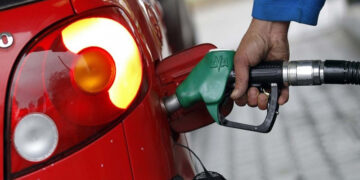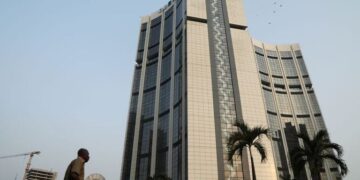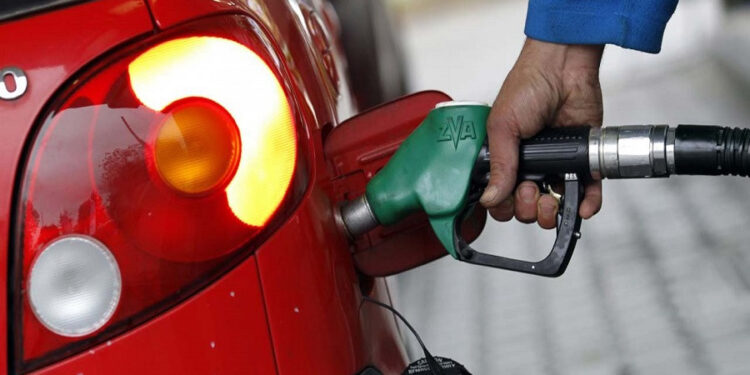By John Ikani
Ethiopia has taken a bold step towards a greener future by prohibiting diplomatic missions and international organizations from importing petrol and diesel vehicles.
This move, announced by the Ministry of Foreign Affairs, aligns with Ethiopia’s broader strategy to transition to clean energy and combat climate change.
Going forward, all diplomatic and consular missions, as well as regional and international organizations in Addis Ababa, are required to import only electric vehicles.
The government’s decision could influence other countries to consider similar measures, as their missions in Ethiopia will now be restricted to using electric vehicles. It may also prompt car dealers and these organizations to expedite the sale of their existing gas-powered vehicles abroad.
Ethiopia’s push for electric vehicles is rooted in its abundant renewable energy resources. However, the country needs to improve its electricity distribution, as only about 40% of its population currently has access. The ban necessitates the expansion of charging infrastructure beyond Addis Ababa.
Officials say this rapid shift towards electric vehicles is driven by both economic and environmental concerns. With approximately 100,000 electric vehicles currently in the country and an expected fourfold increase by 2032, the ban on gas-powered passenger vehicle imports marks a significant policy shift.
This ban, the first of its kind globally, aims to reduce the financial burden of fuel imports and leverage the country’s reliance on hydropower, which generates 96% of its electricity.
While regions like the European Union have announced a gradual transition, giving manufacturers a ten-year plan to phase out fossil-fueled cars, Ethiopia’s strategy focuses on immediate economic and environmental benefits.
Ethiopia is harnessing its hydroelectric potential, including the Grand Ethiopia Renaissance Dam (GERD) project on the Nile and other rivers, to bolster its electricity generation. The country has already begun producing electricity from a section of the dam that is still under construction.


































